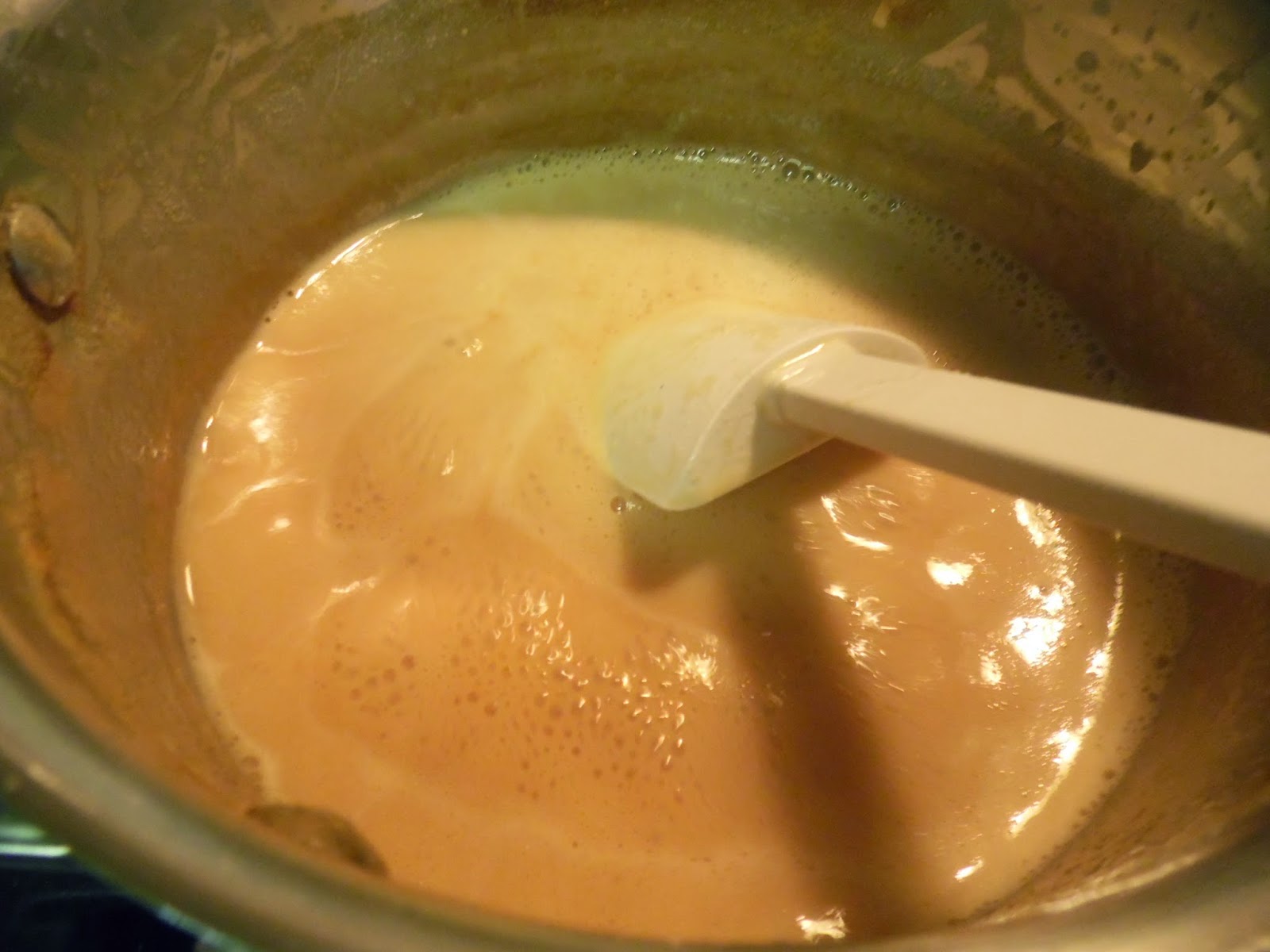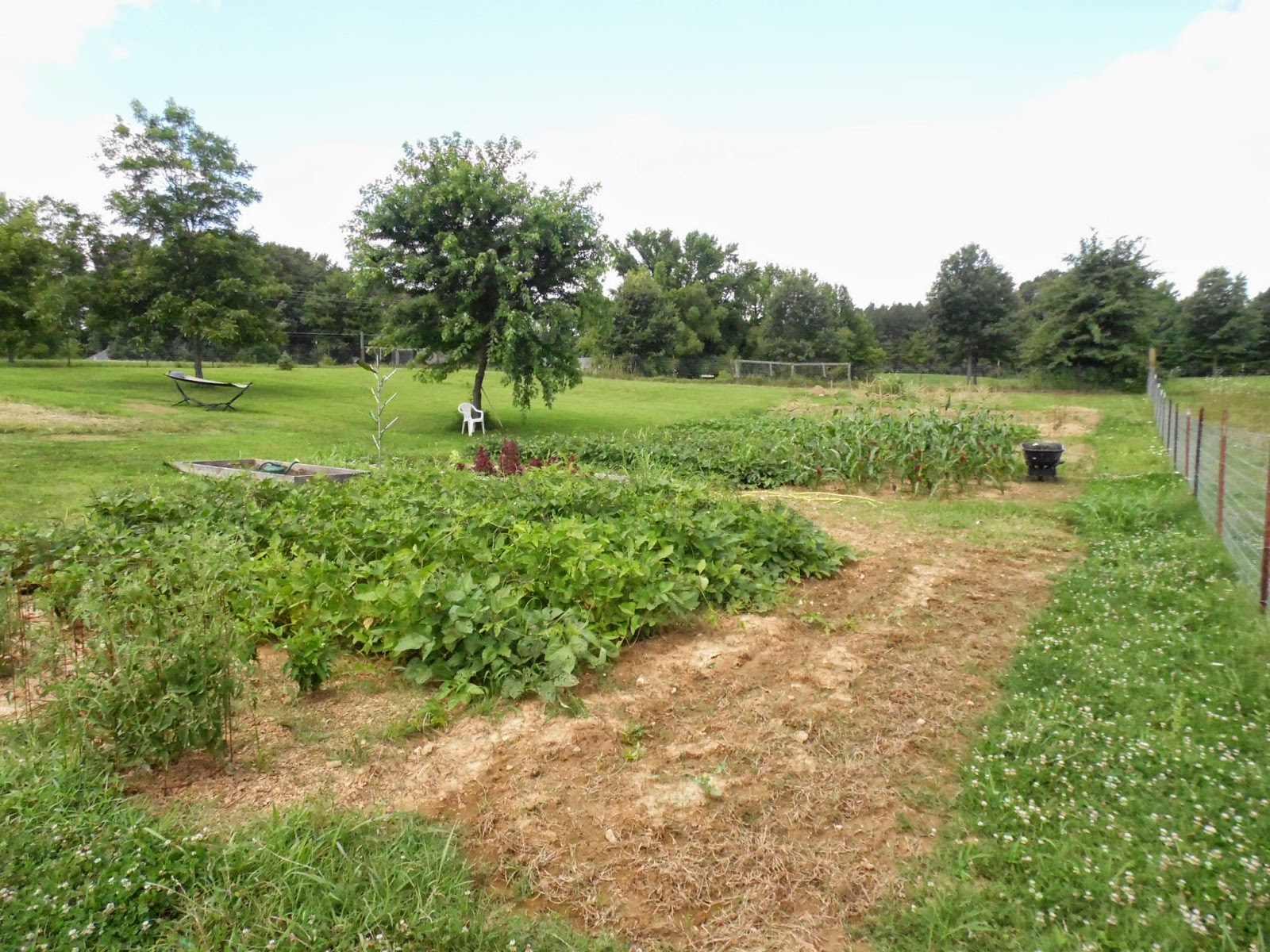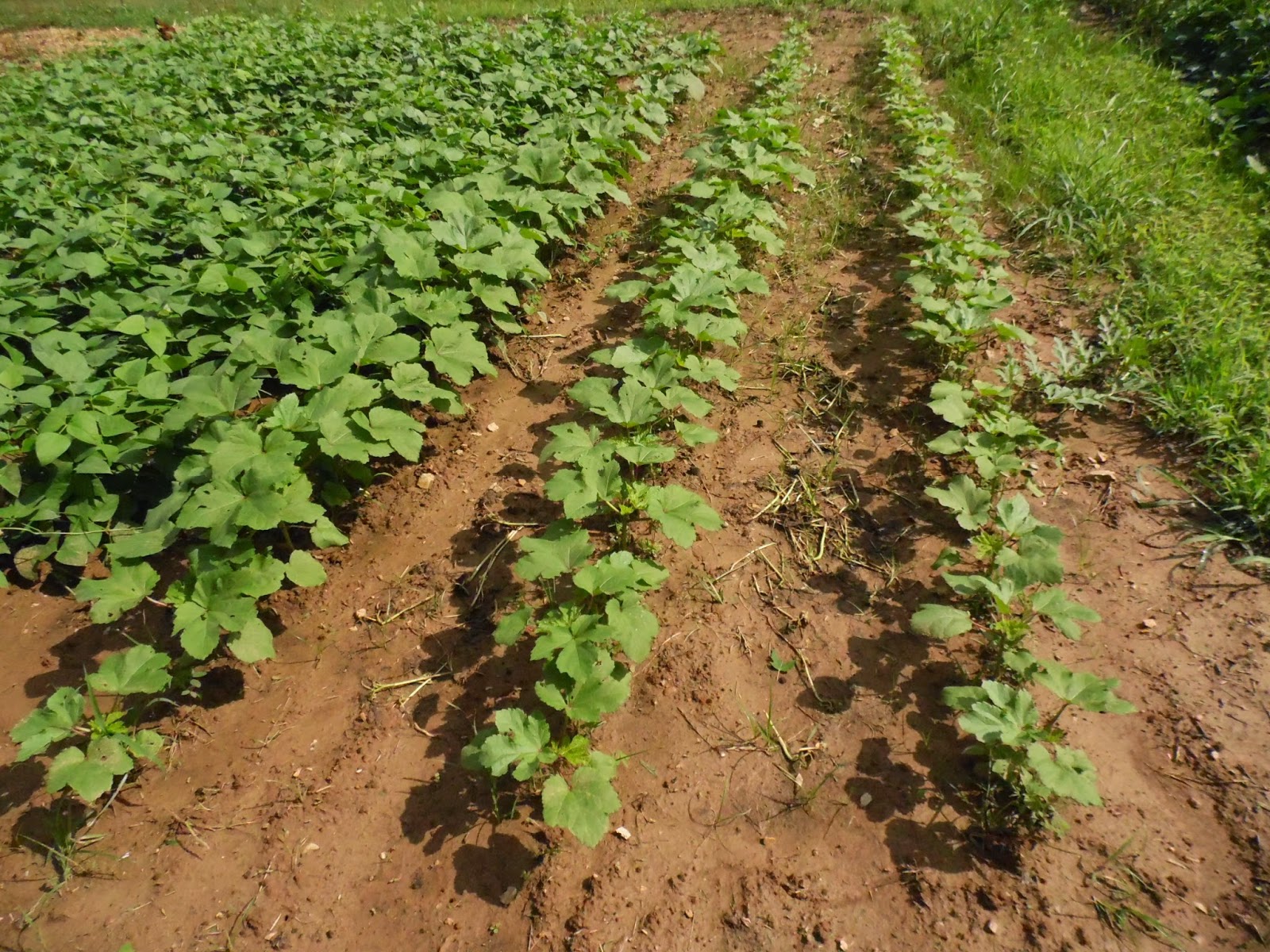Today is the last day to sign up for the Midsouth Homesteading Conference and Festival at the early-bird price. We have a wonderful line up of speakers and classes for the conference (see image below). I will also be teaching a couple of classes on soap making and keeping goats. The festival is also coming together nicely, and we have several vendors already. I am most excited about the kid zone I am planning, however. There will be pony rides, fun games, a straw bale maze, face painting, a seed-planting station, and a few surprises! I love seeing children involved with agriculture. Check out the event website for more information or to snag your last chance at cheaper conference tickets (the festival is free with $3 parking).
Our pumpkin patch is doing so well right now. It has been a real joy watching the pumpkins develop and grow. Really, it's true of any gardening activity, but these pumpkins are probably my favorite. We have tended them so closely since planting that every stage has been noted. We're also learning a ton about these delicate plants. It ain't easy or cheap to grow a pumpkin patch! These plants are probably better guarded than any garden this side of the Mississippi. We check them at minimum every other day, and they are surrounded by four strands of electric tape to keep out critters. We're also driving 1 hr 15 min round trips to irrigate them.
 |
| Padre and the water tank. The tank holds 1,000 gallons, and it takes about 5-6 tanks to fully irrigate. Pumpkins can DRINK. |
One thing I have absolutely learned is that pumpkins truly are a needy lot. They are prone to fungus and susceptible to a myriad of pests. But when they are well cared for and growing successfully...beautiful. Just beautiful.
They have these huge leaves and looongg vines that shade out almost all of the weeds. We haven't needed to weed the patch since the first couple of times, because they grew so fast. It really seemed like they grew overnight.
They're flowers look downright tropical, and they're even prettier before they open up.
But the best part by far is the itty bitty baby pumpkins, which grow so incredibly fast. It's just astonishing how quickly the fruit grows! I'm not kidding when I say that it seems like the fruit is bigger every single time we go to the patch.
They went from tiny little cupcake imitators, to bright green, striped orbs...
...to pale fruit that's actually beginning to look like pumpkins!
And the Jack-Be-Little's grow even faster!
They're already recognizable!
The worst part of pumpkin growing is definitely the fungus, diseases, and pests. We had to resort to a commercial fungicide, because homemade remedies weren't cutting it and we were going to lose our entire crop otherwise. Normally I prefer to avoid things like that, but I have basically the same philosophy with my plants as I do my animals: when homemade, natural remedies aren't cutting it, I will *responsibly* use commercial means when necessary. And believe me, the fungicide was necessary. Too much time, money, hard work, and care have gone into this pumpkins to lose them to a stinkin' fungus!
The aphids aren't going to win this round, either, because they've got a hot date with some dish soap today...and something tells me it's not going to go well for them! And just for the record, commercial pesticide is the very last thing I will use. The situation would have to be very, very dire, because I have no desire to kill off my beneficial bugs -- including our precious pollinators. So the two lady bugs I saw munching on the aphids should live to eat another pest, but the aphids will be going down the drain, suds and all. If I do ever have to resort to pesticide, I will use neem oil. It's a natural alternative that is reported to be very effective.
 |
| Thankfully the aphids were only on a couple of plants. |
The pheasant chicks are really astonishing to me. I've been around them before, but haven't actually raised any myself in quite a long time. The difference between pheasant chicks and chicken chicks is incredible! The pheasants move so fast. I doubt I could get a decent picture of them if I tried. And they eat so much! Even with two feeders, I can hardly keep them full. They'll be old enough to go in the ground brooder soon...assuming I can catch them to move them over!
In disappointing news, the four does I bred for fall did not take. I expected as much from one of them, but the other three honestly had me fooled. I must admit I'm disappointed, but this does give us more time to finish revamping our barn and building kidding stalls. The two we had already got dismantled to make way for our new design. We were running behind on getting it finished, but now we now have months to complete a project that we were going to try to complete in mere weeks. With Cookie and Oreo going to their new homes in just nine short days, this will also give me a nice break in which I can focus on our pumpkin patch and the upcoming conference and festival. So even though I was looking forward to the pitter-patter of little hooves, I guess this really is for the best.
Cheers!













































